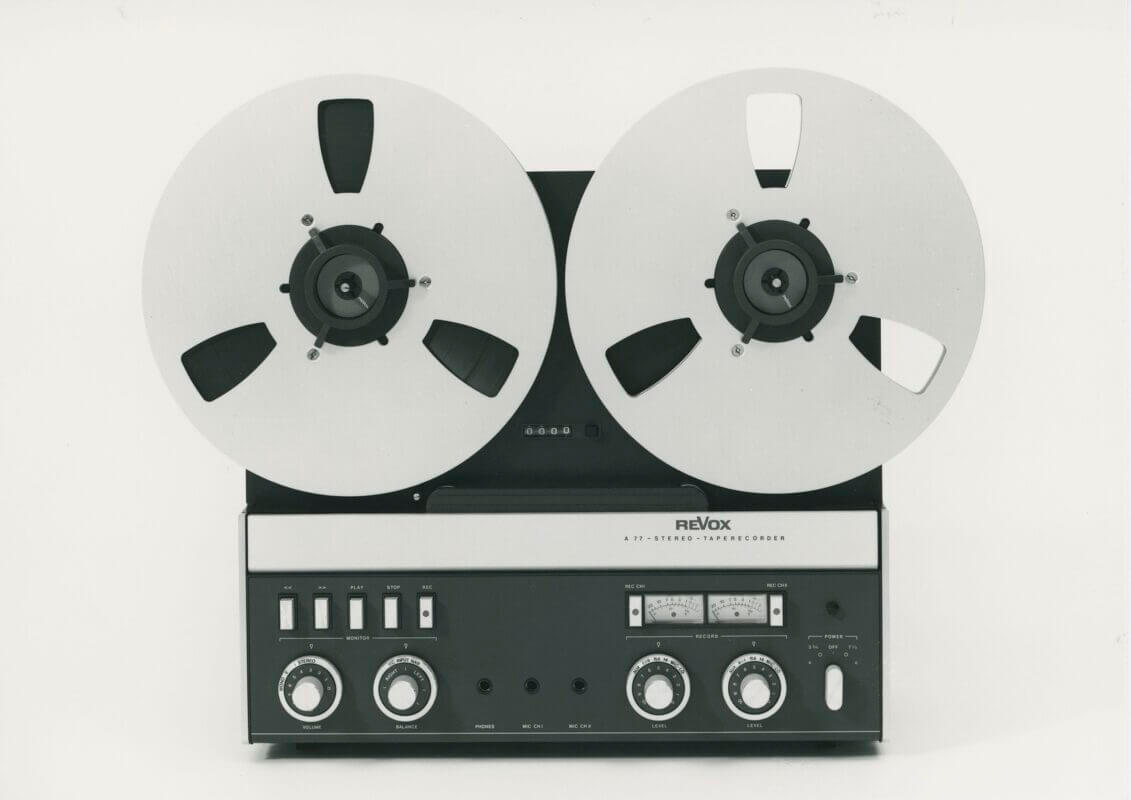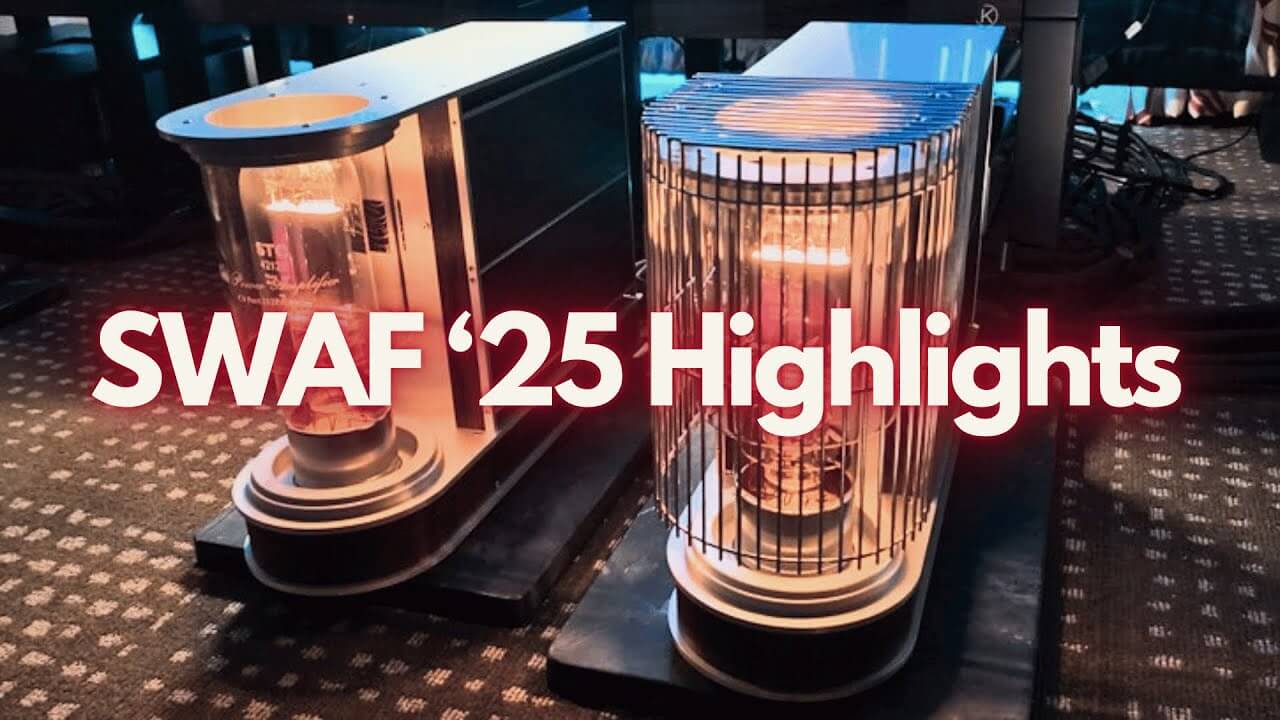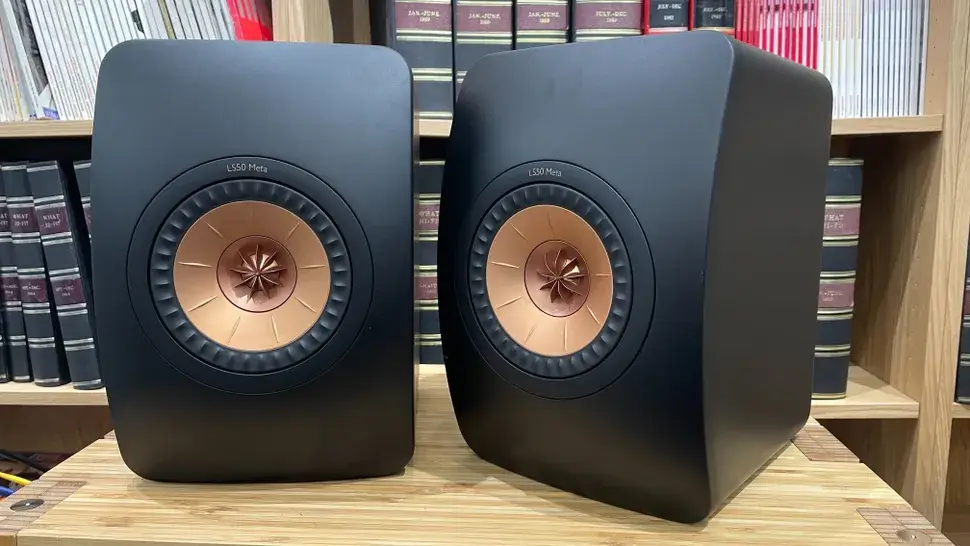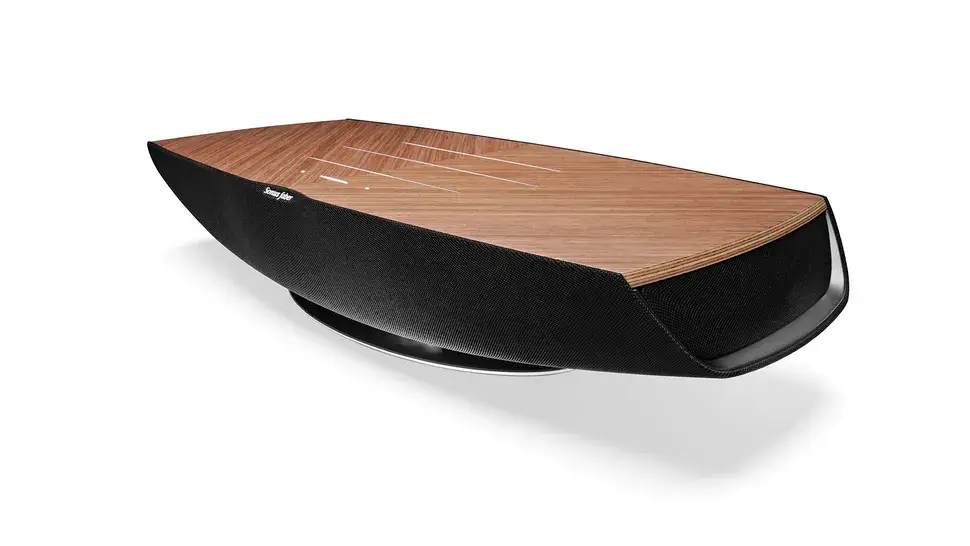
Revamping the Revox A-77 Tape Deck: A Nostalgic Journey
Revamping the Revox A-77 Tape Deck: A Nostalgic Journey
Experience the classic Revox A-77 tape deck with insights on its restoration and performance, blending nostalgia with modern audiophile standards.
A Journey Through Time with Tape Decks
Most of my reviews in the past have centered around modern digital devices like DACs and network players, but let me tell you, I’ve had quite the journey with reel-to-reel tape decks for over 50 glorious years! My very first deck was a Teac 1200U, which I used to record many live concert recordings straight from FM radio. In time, I got my hands on a Revox A-77 Mark IV, which came with built-in Dolby, along with a second A-77 Mark IV sans Dolby.
Now, here's a confession: for the last 30 years, both of those Revoxes have collected more dust than they should have! My adventures in on-location live recordings took me through PCM F1s, DATs, Mini-Discs, recordable CDs, and finally settled on high-resolution digital PCM and DSD files. However, about a year ago, I stumbled upon a tape recorder repair facility in Canada run by Curt Palme. His Facebook page (which you can’t help but follow) is always buzzing with the reel-to-reel decks he's working on, showcasing what’s broken and how he fixes them. Plus, he has fully restored decks up for sale!
The Legacy of the Revox A-77
Revox produced the A-77 for around ten years, starting with the Mark I in 1967 and wrapping up with the Mark IV in 1977. According to some sources, they made roughly 290,000 units. With such popularity and longevity, you can easily find a used Revox A-77. The real question is: What’s its condition?
A month ago, Curt shared a post about a Revox A-77 he had just completed restoring. I mulled it over for a few hours and decided to see if he would accept my unrestored Revox A-77 Mark IV as a trade-in. After a quick back-and-forth, we settled on $800, which included shipping both ways and my A-77 in exchange for his restored unit. I also had a friend who's been eyeing one of my A-77s for a couple of years; I sold him my other deck for a standard price of $500 for an unrestored version!
Testing My Old Deck
Before the new deck arrived, I powered up my old unrestored A-77 to check its performance. I’ve got over 50 pre-recorded commercial tapes to choose from. I decided to pull out an old favorite, Belafonte at Carnegie Hall at 7½ips. Frankly, it sounded pretty bad. While Belafonte’s voice had a rich euphonic timbre, there was noticeable hash and distortion on the left channel during louder passages. Hiss was present but relatively low. The spatial relations in the mix were still clear, with the band positioned well behind the solo vocals. The harmonic balance was decent, though there was perhaps a smidge too much mid-bass compared to the low bass. I couldn’t help but wonder, how much of the distortion was due to the tape versus the tape machine? When my new unit arrived, I would find out!
Understanding EQ Curves
Now’s a good time to chat about something audiophiles often discuss: “flat” response. Here’s the kicker—no tape deck is actually a flat-response device! Each tape deck has its EQ curve, similar to LPs, but with its own twist. Most modern professional and European tape decks use the IEC curve, while older and consumer models aimed at the U.S. market use the NAB curve. At 3¾ips, consumer decks record with the NAB curve, while the IEC curve is mainly utilized for tapes recorded or played back at 7½ips or higher. If you ordered a new Revox PR99, you could choose either curve, but not both. The A-77 records using the NAB curve but has a front-panel knob that allows playback of both IEC and NAB tapes.
Even with the right EQ curve for the recording, the output from a tape deck isn’t flat. Many decks have some non-linearity below 200Hz. Some even have rising top ends. Mastering engineer Jack Endino has measured the EQ curves for various decks on his site. For instance, the Studer A80 Mark II has a significant bass bump around 40Hz, which rolls off sharply.
Every tape deck has its quirks in the bass response. Plangent Processes—an innovative company I've discussed in The Absolute Sound—uses a special multi-tone calibration file recorded onto a specific tape deck. They develop a filter set to correct non-linearities of that particular deck, which is then used during the tape transfer process. You can hear the results in most of the latest Grateful Dead re-releases like Mars Hotel and Erroll Garner’s The Complete Concert by the Sea.
High-Performance Reel-to-Reel Decks
Jonathan Valin has written extensively about high-performance reel-to-reel decks, including models designed exclusively for playback. He also compiled an excellent reference for sourcing new “mastertape” recordings. These new releases can cost anywhere from $90 to over $1000 per album. Compared to that, old pre-recorded tapes are generally much cheaper, but your artist options will be limited. You’ll find a lot more Percy Faith and Romantic Moods than Beatles or Rolling Stones. Plus, there’s the risk of receiving a bad sample that might have been damaged by a poorly maintained machine or improperly stored, leading to shedding tape bits or even causing the tape to stick to its backing, making it unplayable. While some old tape formulations can be baked to reduce stickiness, that’s a task best left to the professionals. Most standard commercial tapes from the 70s and 80s typically won’t need such treatment, but they might shed more than newer formulations.
The New Deck Arrives
Getting any audio component over 50 pounds and requiring shipping can feel like a gamble. Will it arrive in the same condition it left? With a hefty Revox A-77, the packing must be on point. New components generally come in their original packing, which isn’t a concern. However, with older components, where the original packaging might be gone or too worn out, new packing becomes essential. Thankfully, Curt Palme knows how to pack a tape deck for shipping. He even includes a drop sensor on his packages!
When my new A-77 arrived, it came with a 10″ reel of tape from his own brand sourced from China. I planned to record tracks from my live concert recordings onto both tape formulations and compare them. But first, I needed to familiarize myself with the quirks of the new deck. Along with the tape deck, I also found a vibrant red 10″ metal take-up reel and a cool Reel-to-Reel-Tape-Recorders coffee mug, from which I’m sipping as I write this.
Despite being based in Canada, Curt ships via USPS from the United States. The A-77 showed up in a larger box than I anticipated, thanks to double-boxing and a layer of sturdy packing foam surrounding the inner box. The deck itself was bubble-wrapped, with hard foam protecting the hubs and heads. After unpacking, the deck looked nearly flawless, save for a few minor rub marks on the front panel and a couple of scrapes on the wood side panels.
Initial Listening Experience
Once I had the new Revox connected to my Schiit Freya S, I was eager to dive into the listening experience. The first tape I chose was that Harry Belafonte recording, which had sounded so rough on my old A-77. But when I pressed play, nothing happened. Talk about a letdown! I called Curt, and his first question was: “Was the drop tag on the outside of the box red, indicating it had been dropped?” Of course, the answer was yes. Curt guided me to remove the A-77 from its case and locate the three relays that had likely been knocked out of their sockets during the drop. Sure enough, all the relays had been jolted free. After reseating them, I reassembled the A-77, connected it up, and hit play—it worked! What a relief!
Putting the Belafonte tape back on, the sound had improved immensely. The dynamic peaks were no longer distorted, and the guitar and bongo accompaniment had a clarity that was completely lacking in playback with my unrestored A-77. Was the sound “great”? Not quite. It was listenable but didn’t match the resolution of the 96/24 version on Qobuz. Belafonte’s vocals had more sibilance on tape than the hi-res digital version, and the instrument placements in the soundstage weren’t as distinct. How much of this could be attributed to the age of the tape? Quite a bit, I suspect.
Next up was a recording of Mahler’s 1st, performed by Kiril Kondrashin and the Moscow Philharmonic on Melodyia 7½ips tape. It had that “antique” sound—distant, murky, and thin. I again attributed the faults to the tape rather than the machine.
The most enjoyable old tape in my collection was a recording of Baroque music featuring two guitars on Mercury by Presti and Lagoya. While the timbres were accurate, I could still hear a slight flutter. It wasn’t overwhelming, but compared to a real guitar or a digital recording, the sound had a micro-speed instability. Once more, I think this was due to high-speed duplication rather than the machine itself.
Transferring New Material
After sorting through my old tapes and feeling a bit underwhelmed, I decided to transfer one of my recordings made in DSD 128 onto the A-77 to see how it handled fresh, well-recorded material. I used a seven-inch reel of ATR Master Grade tape for my first recording. I picked a tune from my recording of the Mr. Sun band at the Salina School House, another from my Deadly Gentlemen session at the same venue, and a movement of A Women’s Life performed by the Boulder Philharmonic in Mackie Auditorium. I recorded all the tracks at 7½ips directly from the single-ended RCA analog outputs of a Teac UD-507 DAC to the A-77. The recording level was adjusted by the Revox itself.
My recording sessions were delayed by a half-hour due to a small issue requiring me to take the A-77 out of its case twice while following Curt’s instructions. Finally, I was ready to make my recording. Mr. Sun’s tune “Danny Barnes” was the first file I transferred. Wow! What a difference from those ancient pre-recorded tapes! This new recording sounded almost indistinguishable from my original recording, aside from a slight bump in mid-bass energy. I noticed that same subtle mid-bass augmentation on my recording of The Deadly Gentlemen from Salina Schoolhouse. It was minor, but the acoustic bass had a touch more fullness and weight. On my Boulder Philharmonic recording of “A Women’s Life,” only the hiss during quiet moments hinted that I was listening to tape instead of my original digital recording. The overall harmonic character of the Revox A-77 recordings matched the original tracks well, barring that slight mid-bass lift.
What’s Next for the A-77?
So now that I’ve got my hands on the Revox A-77, what will I really use it for? Sure, I could use it to “analogize” some of my digital recordings, but I’m primarily thinking of using it for playback. Which tapes? Given the sound quality, I’m leaning towards skipping more old, pre-recorded tapes and focusing on a select few new ones…I recently spotted John Coltrane’s Blue Train on one of the tape sites priced under $200. Now that I know my tape deck is performing well, I just might take the plunge. For now, I think I’ll put on that vibrant red 10″ take-up reel, enjoy how fantastic it looks, and just smile.
FAQ:
- What is the significance of the Revox A-77? The Revox A-77 is renowned for its build quality and sound, making it a sought-after model among audiophiles.
- How do tape decks compare to digital audio? Tape decks often provide a warmer sound, creating a unique listening experience that contrasts with the precision of digital audio.
- Can I still find pre-recorded tapes? Yes, although the selection may be limited to older titles, many classic recordings are still available on tape.
- Is it possible to repair old tape decks? Absolutely! Facilities like Curt Palme's specialize in restoring and repairing vintage tape decks.
- What should I look for when buying a used tape deck? Pay attention to the condition, functionality, and whether any restoration has been done. Always ask about its repair history!
If you’re looking to bring some of this classic sound into your space, check out and shop our favorite album cover posters at our store here.
 | DISCOUNTGET 30% OFF*Use code on your next order:
|
* This post may contain affiliate links, meaning we earn a commission if you make a purchase through these links, at no additional cost to you.







